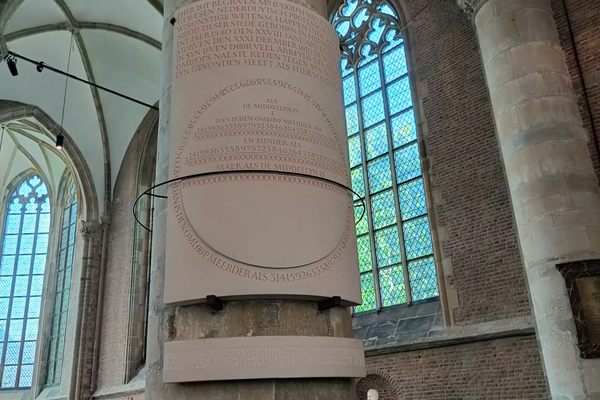About
As you approach the entrance to Oxford University's Mathematical Institute, you will notice that the area is paved in a beautiful and unusual pattern. If you look more closely, you will see that the design is made up of two different diamond-shaped slabs, but unlike most other pavings, this pattern does not repeat itself.
This is no coincidence, as the pattern is an example of a Penrose tiling, named after its discoverer Sir Roger Penrose, a celebrated professor at the university. The pattern is constructed in such a way that no matter how large an area is covered, the pattern never repeats itself. The diamond pattern used in Oxford is an example of Penrose's third pattern, known as P3. The tiles are adorned with decorative stainless steel arcs that make the effect even more beautiful.
Though the new Mathematical Institute building is named for a different academic, the university still took the opportunity to honor Penrose via the paving. Penrose is an Emeritus Professor of Mathematics at the university, and he has won a large number of awards for his work. He discovered the tiling that bears his name in the 1970s, but his academic career has not been restricted to mathematics. He has also done research in mathematical physics and in 1988 he shared a physics prize with Stephen Hawking for the Penrose-Hawking singularity theorems. He has also branched out into areas of philosophy by writing on the connections between physics and consciousness.
Related Tags
Published
October 24, 2019

























